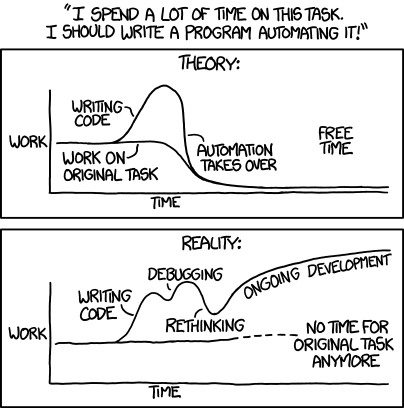The “news” from 8 December 2014 (that I missed) reports:
British History Online (BHO) is pleased to launch version 5.0 of its website. Work on the website redevelopment began in January 2014 and involved a total rebuild of the BHO database and a complete redesign of the site. We hope our readers will find the new site easier to use than ever before. New features include:
- A new search interface that allows you to narrow your search results by place, period, source type or subject.
- A new catalogue interface that allows you to see our entire catalogue at a glance, or to browse by place, period, source type or subject.
- Three subject guides on local history, parliamentary history and urban history. We are hoping to add more subject guides throughout the year. If you would like to contribute, contact us.
- Guidelines on using BHO, which include searching and browsing help, copyright and citation information, and a list of external resources that we hope will be useful to readers.
- A new about page that includes information about our team, past and present, as well as a history of where we have come from and where we want to go next.
- A new subscription interface (at last!) which includes three new levels of subscription in addition to the usual premium content subscription: gold subscription, which includes access to page scans and five- and ten-year long-term BHO subscriptions.
- Increased functionality to the maps interface, which are now fully zoomable and can even go full screen. We have also replaced the old map scans with high-quality versions.
- We also updated the site with a fresh, new look! We aimed for easy-to-read text, clear navigation, clean design and bright new images.
Version 5.0 has been a labour of love for the entire BHO team, but we have to give special thanks to Martin Steer, our tireless website manager who rebuilt the site from the ground up.
For over a decade, you have turned to BHO for reliable and accessible sources for the history of Britain and Ireland. We started off with 29 publications in 2003 and here is where we are now:
- 1.2 million page views per month
- 365,000 sessions per month
- 1,241 publications
- 108,227 text files
- 184,355 images
- 10,380 maps
We are very grateful to our users who make this kind of development possible. Your support allows BHO to always be growing and improving. 2014 has been a busy year for BHO and 2015 promises to be just as busy. Version 5.0 was a complete rebuild of BHO. We stripped the site down and began rebuilding from scratch. The goal of the new site is to make it as easy as possible for you to find materials relevant to your research. The new site was designed to be able to grow and expand easily, while always preserving the most important features of BHO. Read about our plans for 2015 and beyond.
We’d love to hear your feedback on our new site! If you want to stay up-to-date on what we are doing at BHO, follow us on Twitter.
Subscriptions are required for approximately 20% of the content, which enables the BHO to offer the other 80% for free.
A resource such as the BHO is a joyful reminder that not all projects sanctioned by government and its co-conspirators are venal and ill-intended.
For example, can you imagine a secondary school research paper on the Great Fire of 1666 that includes observations based on Leake’s Survey of the City After the Great Fire of 1666 Engraved By W. Hollar, 1667? With additional references from BHO materials?
I would have struck a Faustian bargain in high school had such materials been available!
That is just one treasure among many.
Teachers of English, history, humanities, etc., take note!
I first saw this in a tweet by Institute of Historical Research, U. of London.
